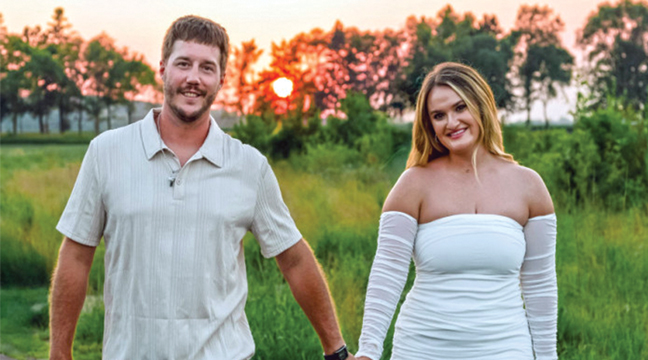Change in nature usually comes about in thousands or even millions of years, not in months or years. Quick and easy doesn’t seem to have a place when it comes to Mother Nature. Everything moves slowly and deliberately. But make no mistakes about it, nature does change. In fact, it is changing all the time, no matter if we notice it or not.
So, I wanted to write about a change in nature that I have personally witnessed over the past 40 plus years and that change is the Wild Turkey (Meleagris gallopavo). When I started out in the nature business back in the late 1970’s I never saw a turkey. I lived in areas where the turkey had been killed off and were nonexistent. Then while leading some birding tours in the late 1980’s and early 90’s I saw a small flock of turkeys along a highway in far Southeastern Minnesota. I was so excited to see these birds, I pulled the van over by the side of the road so my group of bird watchers could get out and see this rare bird. It was truly remarkable. A life list bird for everyone. That memory burns bright for me.
It was estimated that turkeys numbered in the millions upon European arrival. They were found all across the United States in many different habitats. With the clearing of forests, and over hunting, the number of turkeys dropped to as low as 30,000 by the 1930’s and 40’s. At this point they were completely eliminated from Canada and only survived in localized pockets in the eastern United States.
Early attempts to raise and release turkeys into the wild failed miserably. It wasn’t until efforts to trap and transplant wild turkey across the eastern half of the country did the numbers start to increase. By the 1970’s there were an estimated 1.3 million birds. In the upper Midwest, turkeys were reintroduced in the 1980’s. Small flocks of turkeys where trapped in areas that had healthy populations and released in areas that didn’t have turkeys and had suitable habitat. Over the next 30 years populations have increased dramatically and now they are stabilized.
Even though turkeys are large and heavy birds, they are fast and powerful fliers. While most of the time they are seen on the ground and they walk almost everywhere they go, they fly up into trees each evening to roost for the night. In addition, they have the ability to fly at high speed, upwards of 50 mph in level flight, for upwards of a quarter of a mile, which would be plenty far and fast to out-pace a pursuing predator.
Turkeys have excellent color eyesight, as do all birds, which they use to find food and watch out for predators. Their eyes are on the sides of their heads, so they have a wide view of their surroundings to watch for predators.
There are six subspecies of turkey across the United States and Mexico. Subspecies are classified by subtle differences in plumage, coloring, habitat and behavior. It is important to stress that subspecies are defined by people for people and the birds really don’t play by our rules, if you know what I mean. The most dominant is the Eastern Wild Turkey which occurs in the eastern half of the country. The Osceola Wild Turkey also known as the Florida Wild Turkey, is only found in Florida. The Rio Grande Wild Turkey which ranges through Texas up into Colorado and west to northern California. The Merriam’s Wild Turkey which ranges through the Rocky Mountains and into South Dakota. The Gould’s Wild Turkey which is found in the mountains and valleys of Mexico and reach up into Arizona and New Mexico. The last is the South Mexican Wild Turkey and is found in southern Mexico and doesn’t range into the United States.
As I write this column, I look out my office window into my wooded backyard. I have four large Tom turkeys and at least a dozen hens that visit two or three times a day. I really enjoy seeing them as they scratch the ground looking for insects or seeds. They are a daily occurrence in my yard, and it really feels like my relationship with the Wild Turkey has come full circle, from non-existent to first sightings, to occasionally seeing them to ultimately hanging around in my yard. Until next time…
Stan Tekiela is an author / naturalist and wildlife photographer who travels the U.S. to study and capture images of wildlife. He can be followed at www.Instagram.com, www.Facebook.com and www.Twitter.com. He can be contacted via his web page at www.NatureSmart.com.










